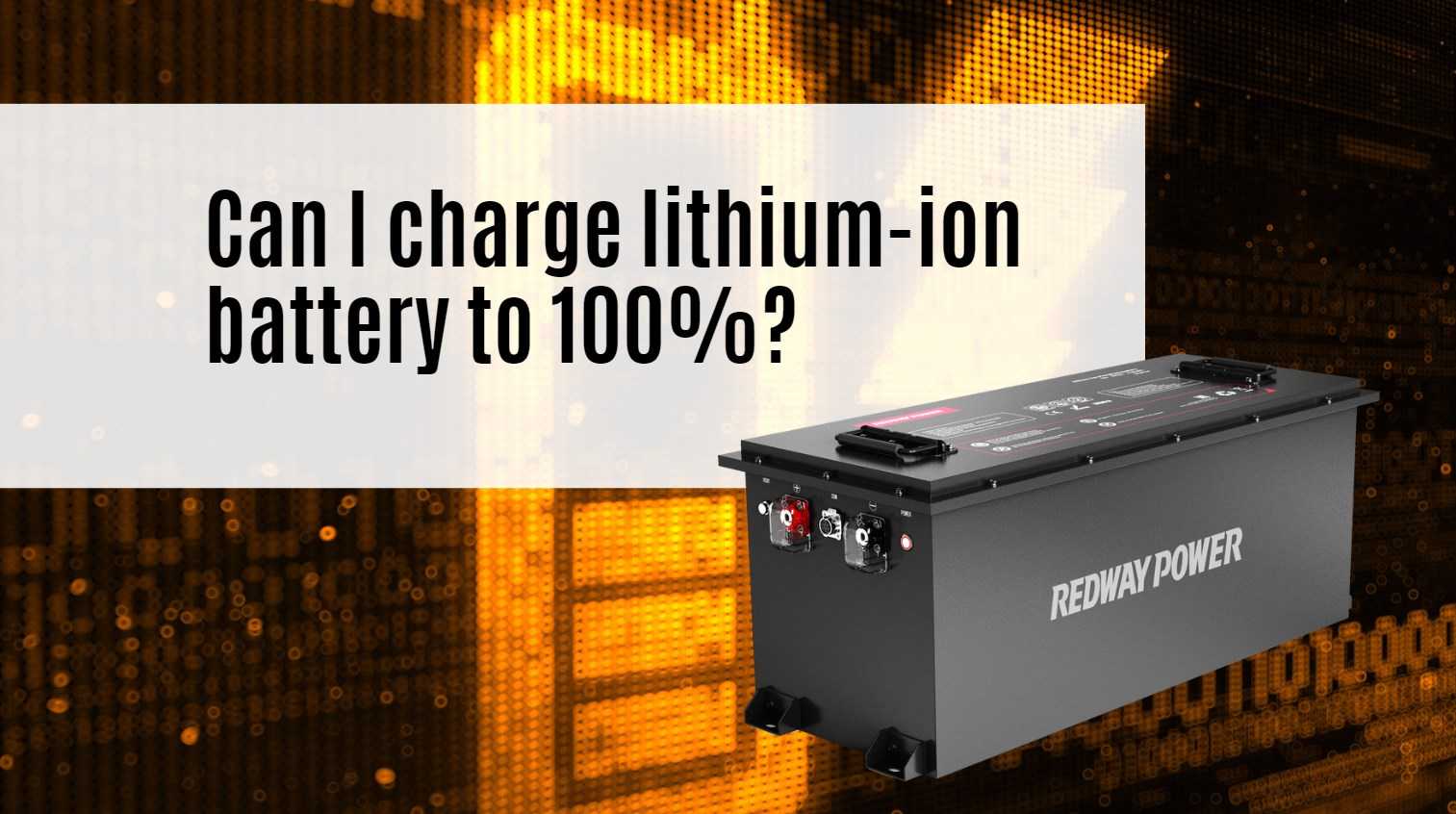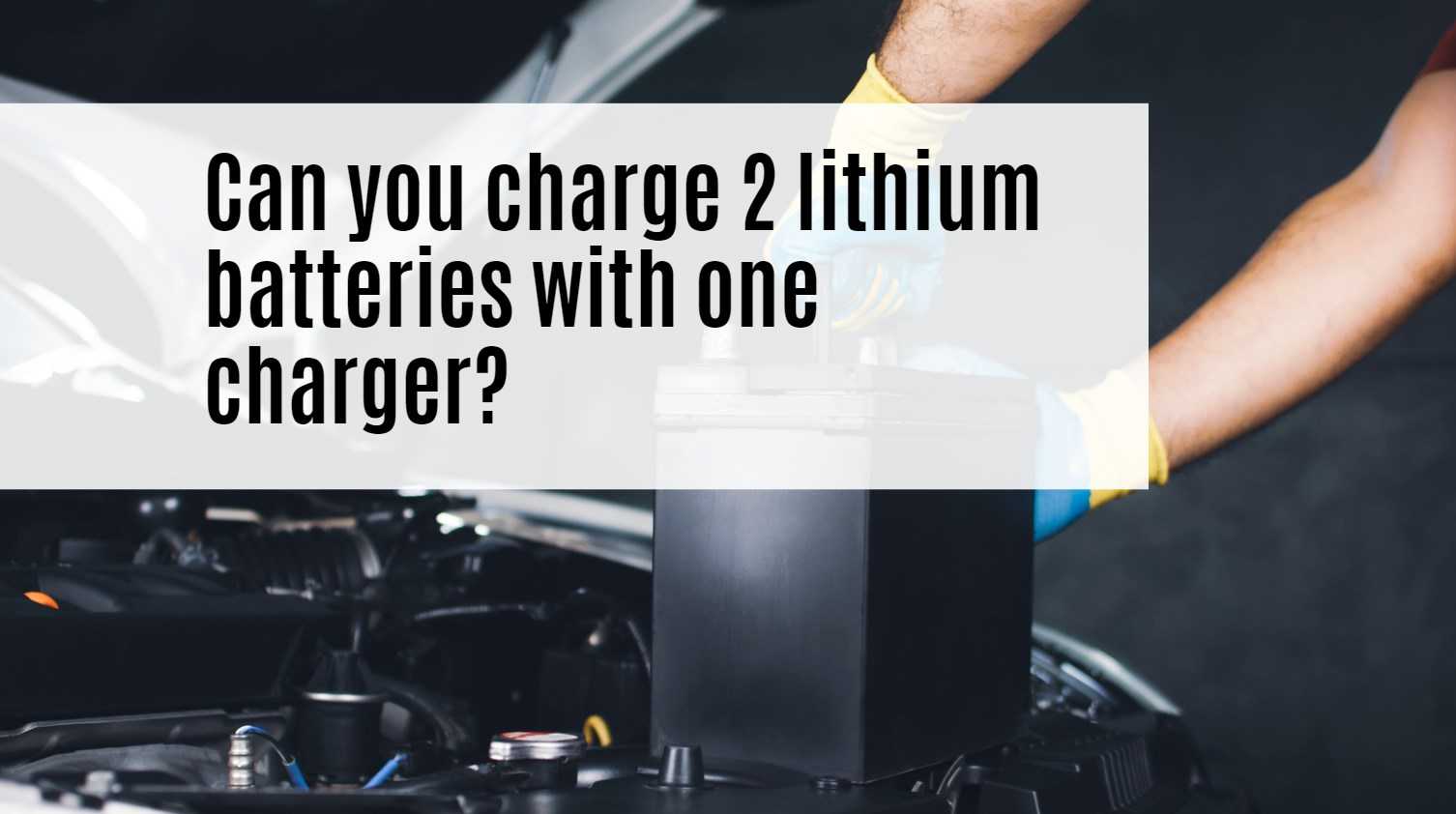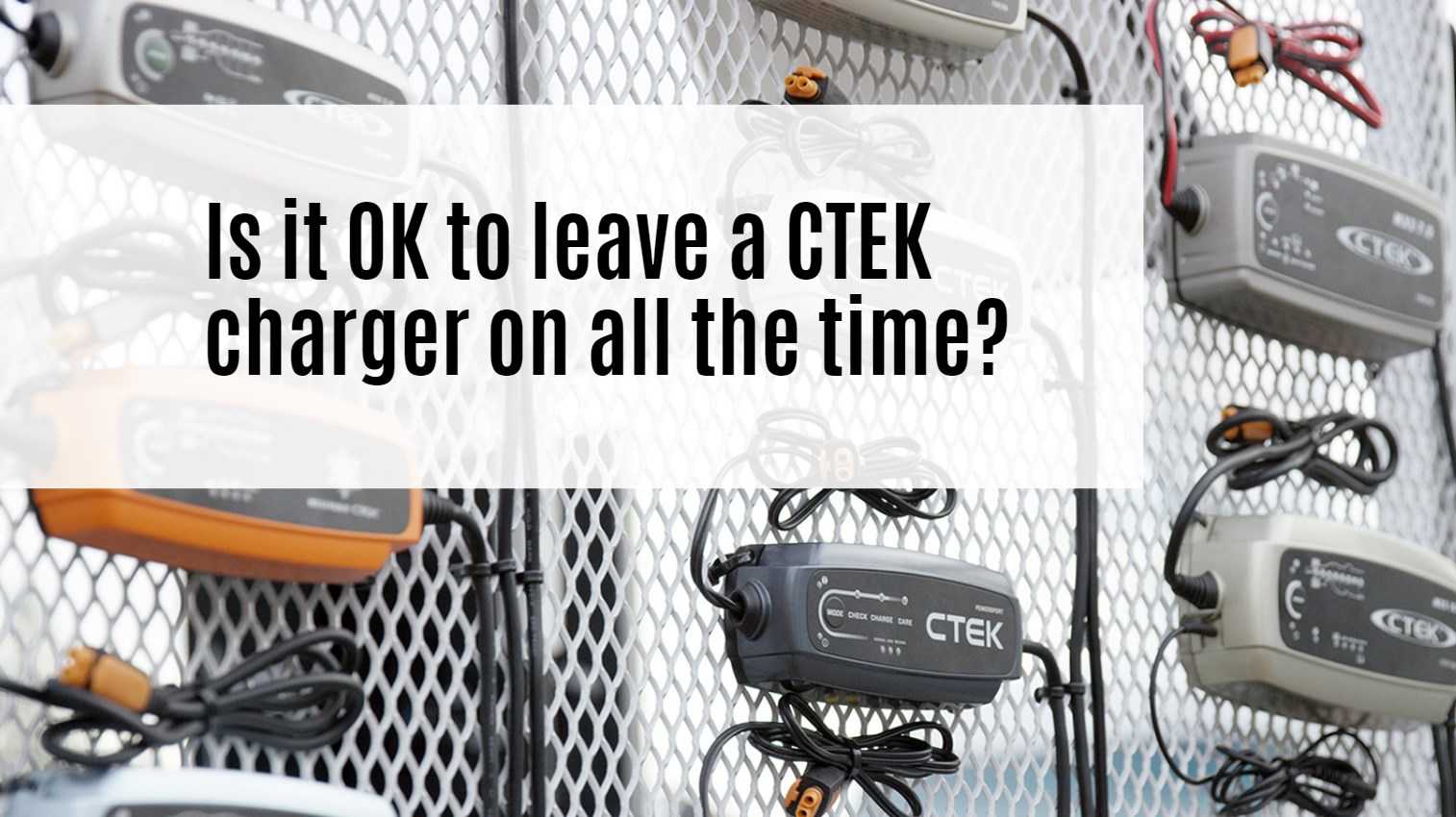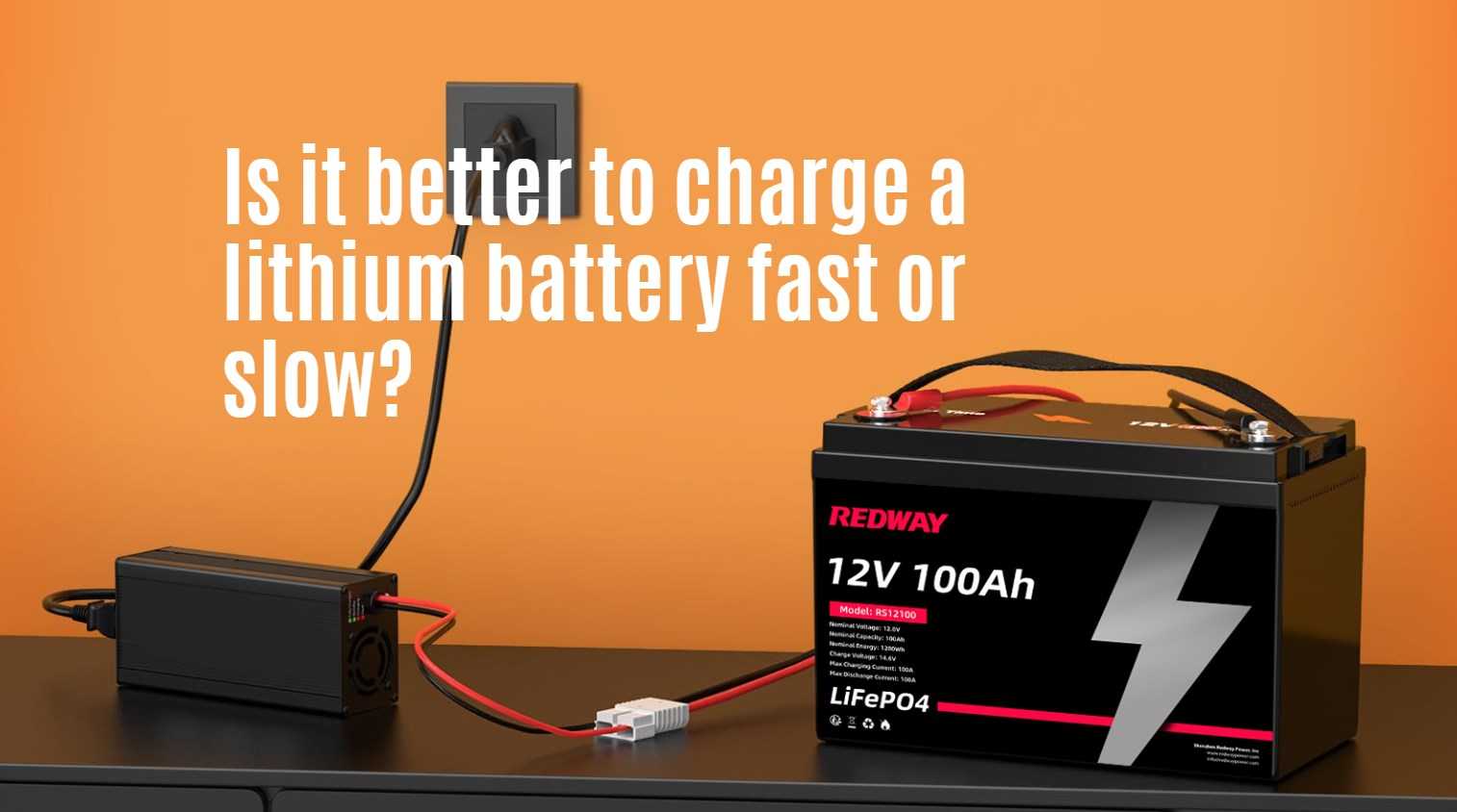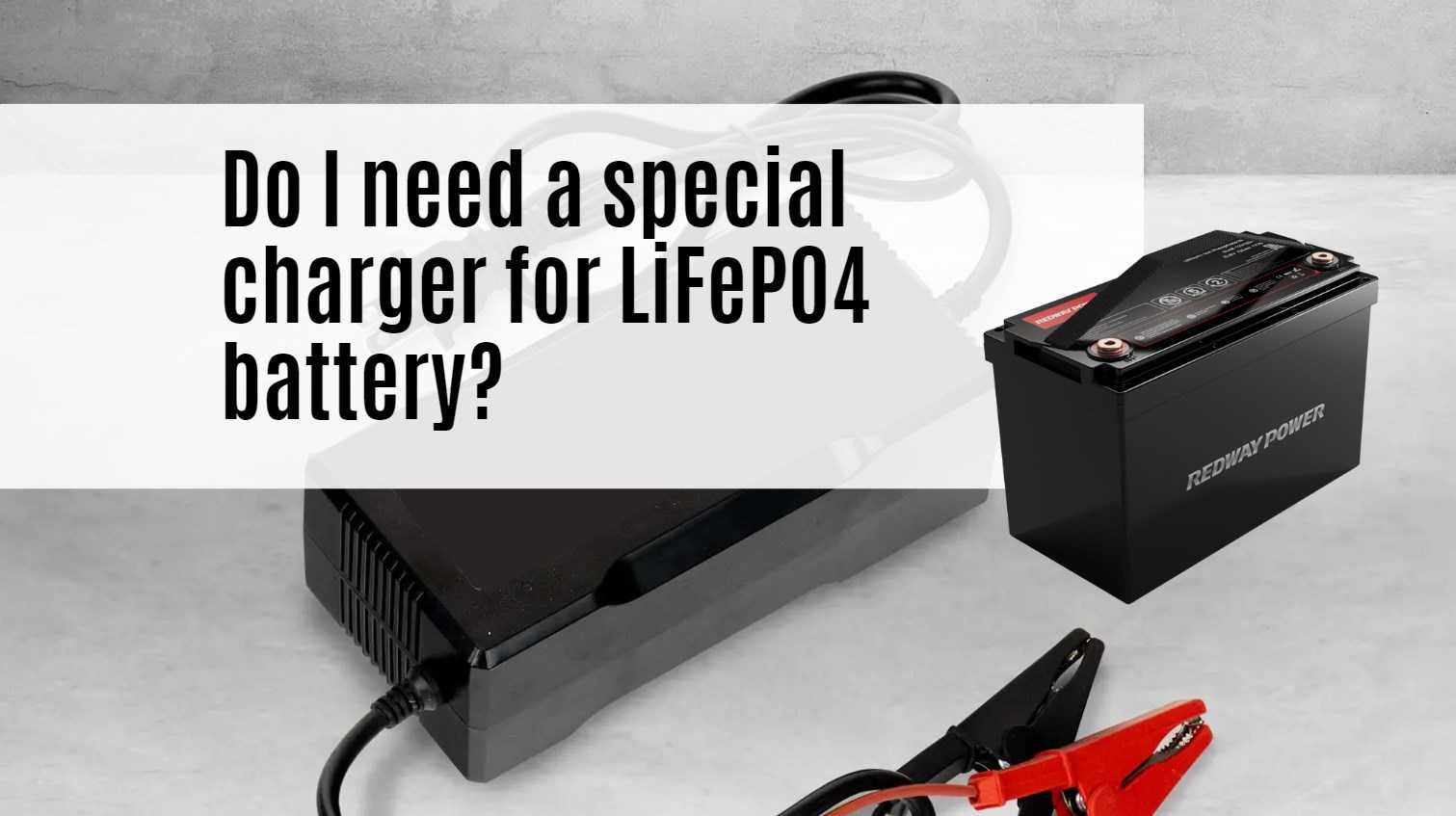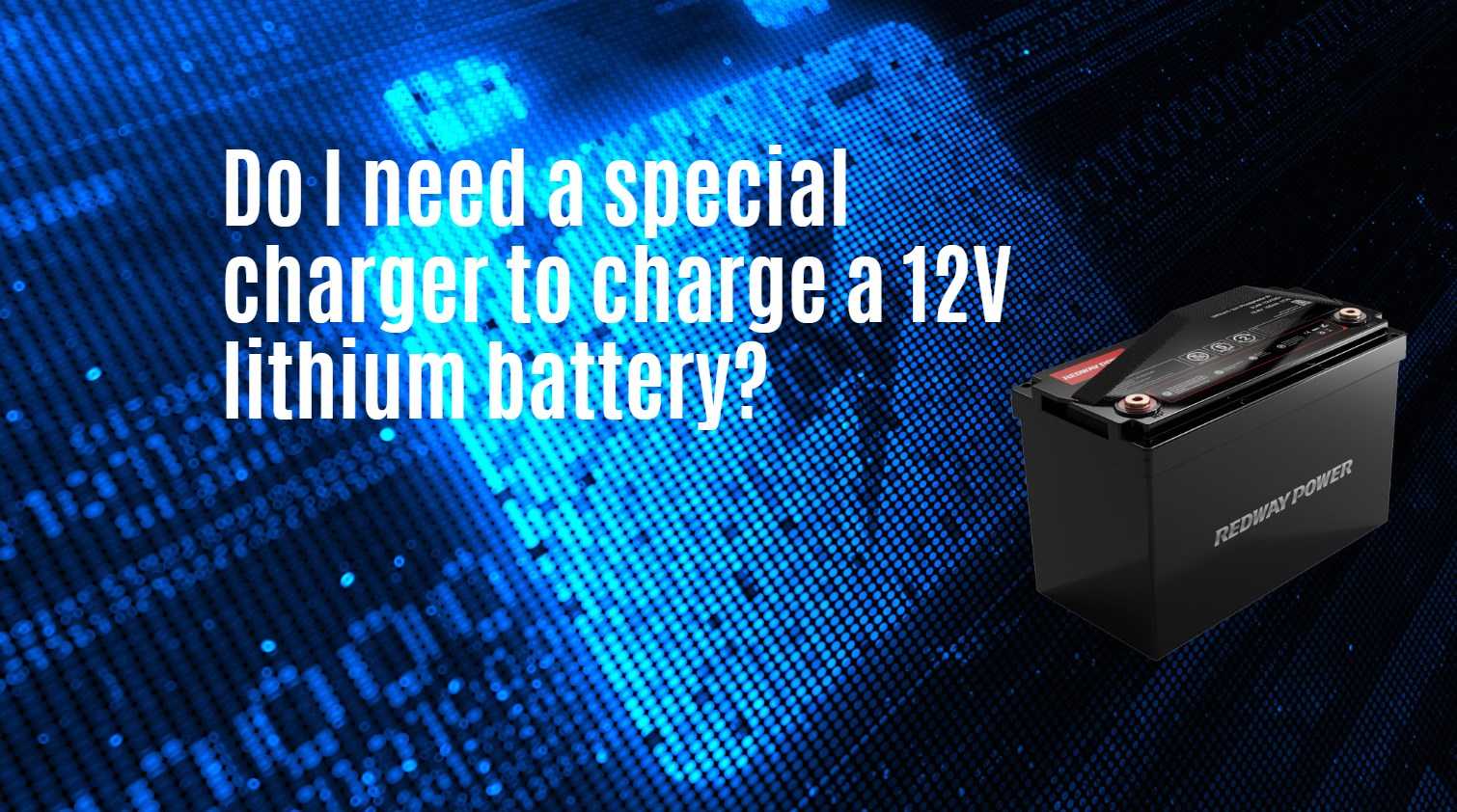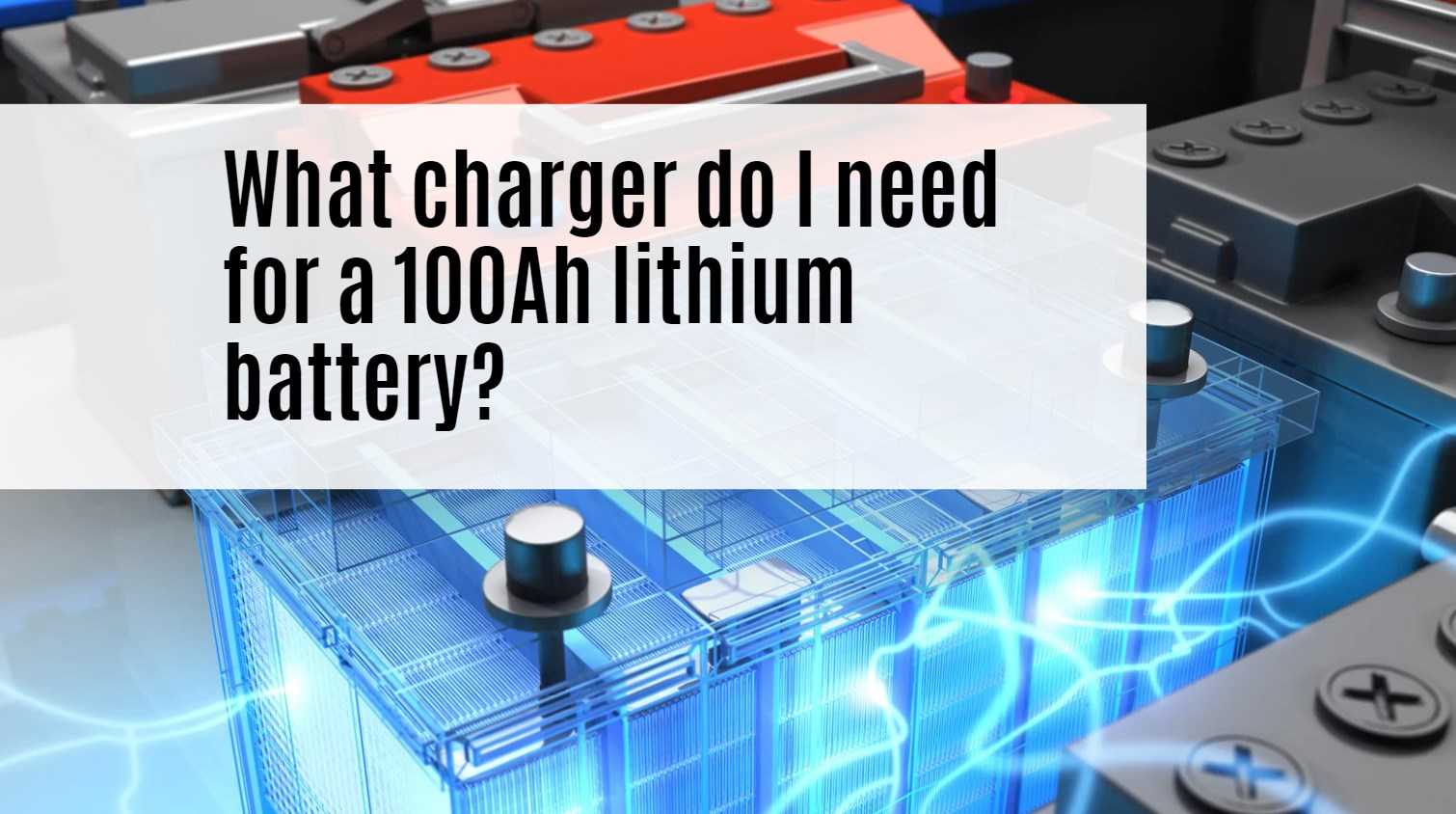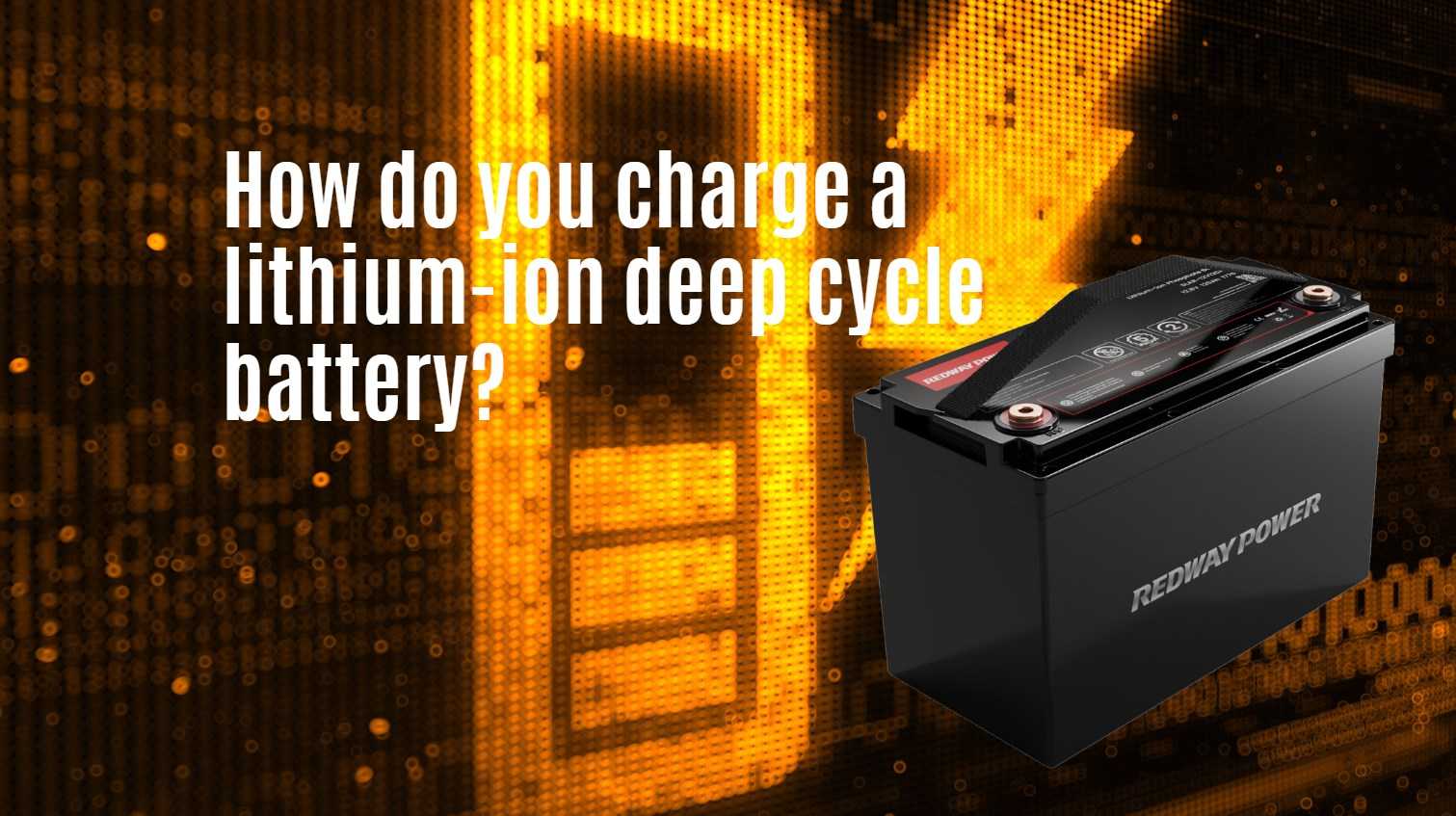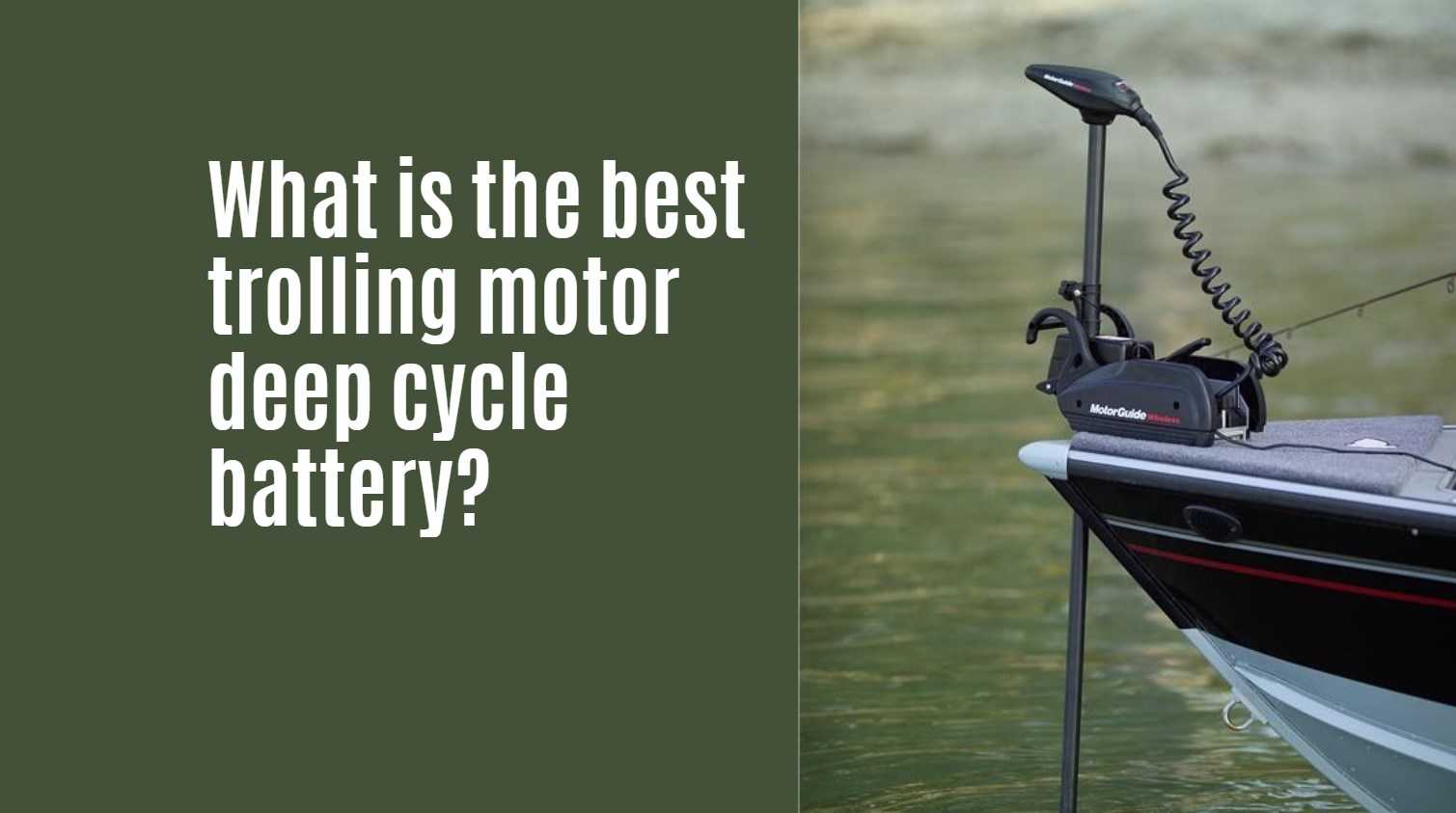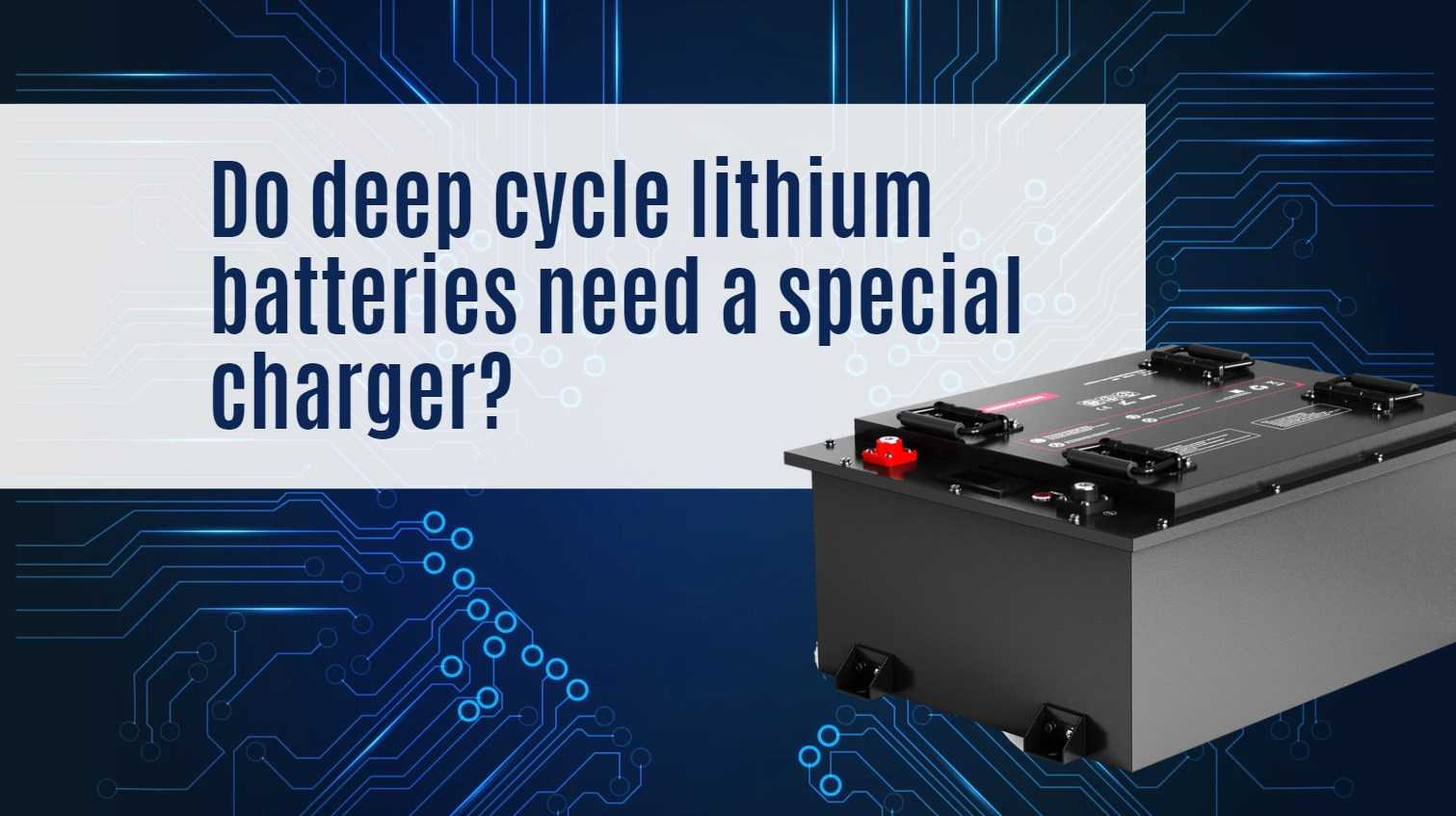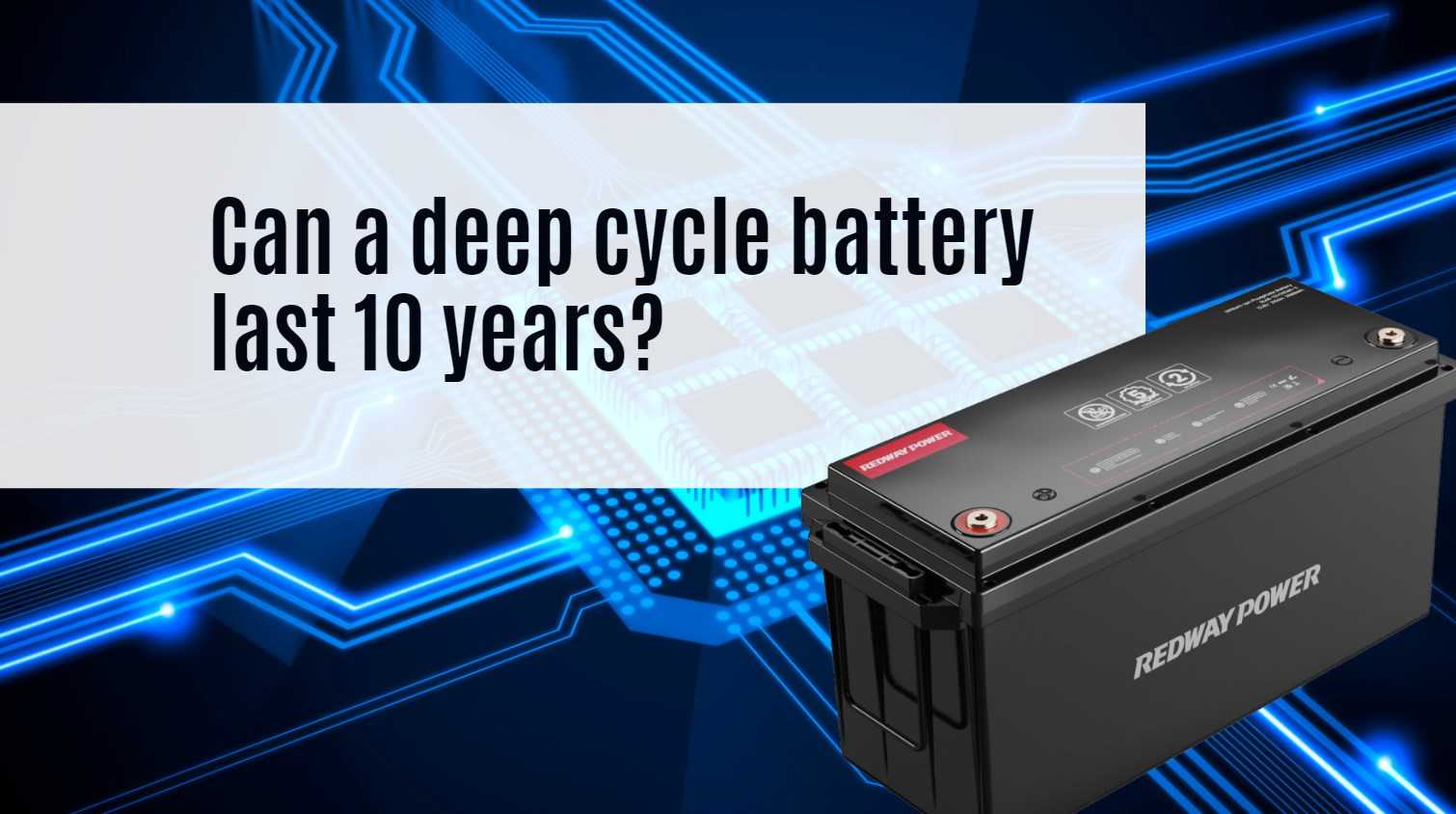Charging a lithium-ion deep cycle battery correctly is crucial for maximizing its lifespan and performance. Here’s a comprehensive guide on how to do it safely and effectively.
1. Choose the Right Charger
Using the appropriate charger is essential. Select a charger specifically designed for lithium batteries, compatible with the voltage and capacity of your deep cycle lithium battery. Using the wrong charger can damage the battery or pose safety risks. For example, a LiFePO4 (Lithium Iron Phosphate) charger is ideal for many deep cycle lithium batteries.
2. Prepare the Charging Area
Ensure that you charge the battery in a well-ventilated area away from flammable materials and direct sunlight. The charging surface should be clean, dry, and stable to prevent any accidents during the charging process.
3. Check Battery Voltage
Before charging, use a multimeter to check the battery’s voltage. Ensure it’s not deeply discharged or overcharged. The voltage should ideally be within the manufacturer’s recommended range for safe charging.
4. Connect the Charger
Connect the charger’s positive (+) terminal to the positive terminal of the battery and the negative (-) terminal to the negative terminal of the battery. Ensure that these connections are secure to prevent arcing or overheating.
5. Set Charging Parameters
Adjust the charger settings according to your battery manufacturer‘s specifications. This includes setting the correct charging voltage, current, and mode (constant current, constant voltage, or both). For example, many lithium batteries charge up to 14.6 volts and may require a float charge at around 13.8 volts after reaching full capacity.
6. Initiate Charging
Turn on the charger to begin charging. A smart charger will automatically adjust its output based on the battery’s needs and can stop charging once full capacity is reached.
7. Monitor Charging Progress
Periodically check on the charging process to ensure everything is functioning correctly. Look for any signs of overheating, unusual noises, or other abnormalities that might indicate a problem.
8. Charge Completion
Once fully charged, disconnect the charger by unplugging it first, then removing the negative cable followed by the positive cable. If you plan to store the battery for an extended period, partially charge it to around 50% of its capacity before storage in a cool, dry place.
Best Practices for Charging Lithium-Ion Batteries
- Avoid Overcharging: Ensure that your charger does not exceed the maximum voltage specified by your battery manufacturer.
- Temperature Considerations: Charge within recommended temperature ranges (typically between 0°C and 55°C) to prevent damage.
- Use Proper Cables: Ensure that cables used for connections are appropriately sized to handle current without overheating.
- Do Not Mix Battery Chemistries: Avoid using different types of batteries in the same system as this can lead to imbalances and potential damage.
Latest News
- Advances in lithium battery technology continue to enhance charging efficiency and safety protocols.
- New regulations are being introduced in various industries to ensure safer handling and charging of lithium batteries.
- Research indicates that optimizing charging practices can significantly extend battery lifespan and performance.
Redway Expert Comment
“Properly charging a lithium-ion deep cycle battery is essential for ensuring its longevity and reliability. At Redway Battery, we emphasize using suitable chargers and following manufacturer guidelines to maximize performance while maintaining safety standards.”

